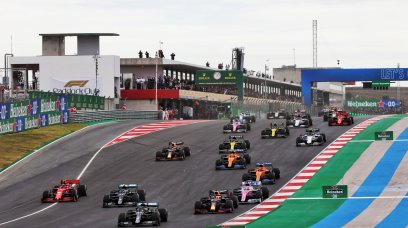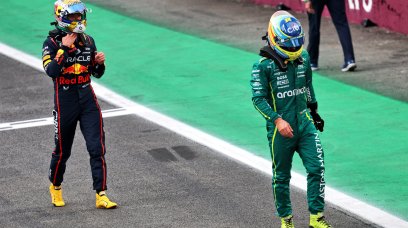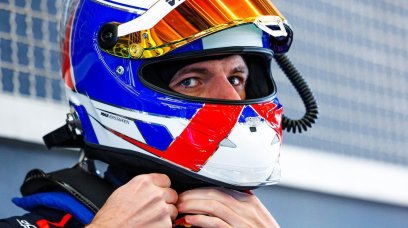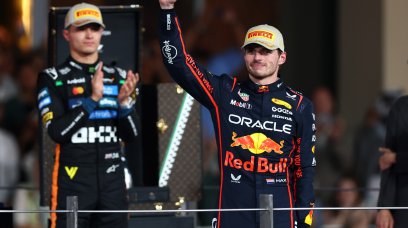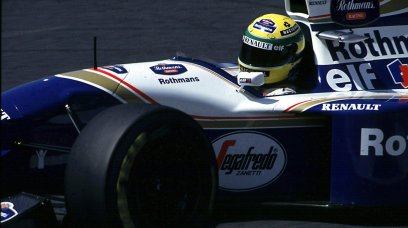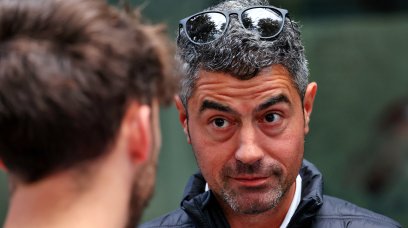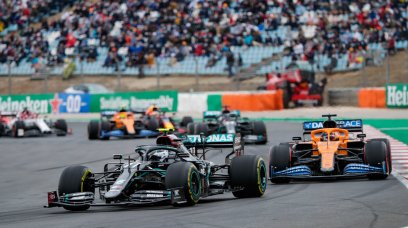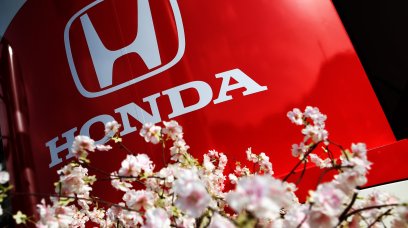On the Sunday afternoon of the Hungarian Grand Prix, it was abundantly clear that Ferrari missed the mark by sending Charles Leclerc off on Hard tyres at his second pit-stop. It cost him an awful lot of time, time he was unable to make up. On the other hand, it is also important to consider whether Mattia Binotto's statements after the race make sense, if only in part. He said that the car was not working properly and that the whole spectrum of tyres were not functioning well on the F1-75. Looking at the first two stints of the race, the car was apparently competitive. We say 'apparently' because to really judge it we have to look at the speed of the competitors at the same time. When we look at the moment Charles Leclerc overtook George Russell and how that manoeuvre was achieved, some doubts start to creep in. Bearing in mind Ferrari's speed during the long runs in the second free practice session on Friday, Leclerc should have been able to overtake Russell more easily, within no more than two laps. However, the set-up did not work as well in the cooler conditions as it did in warmer conditions. The higher air density, coupled with a ride height that was too low (for that higher air pressure) caused a loss of downforce. It will not have been huge, but it will have been distributed evenly between the front and rear of the car.
Loss was masked by circumstances
So the balance of the car as such had not changed very much, but it had in terms of traction and drag. This is partly reflected in less top speed, while the colder conditions partly disguise the lack of traction. Colder tarmac means less grip, so traction out of corners was already a bit less for everyone. In other words, all signs that Ferrari's set-up was just imperfect were so minimal that they only became apparent after a significant number of laps. This may explain why the Ferrari mechanics didn't pick up on those signals quickly enough, as the reduced performance could logically be attributed to the lower temperatures, rather than the wrong set-up. They probably only found this out in the very last stint, when they called on the Soft tyres, without any effect other than a handful of faster laps. So strategy was largely to blame, but the set-up was also far from perfect given the conditions.
Most read
